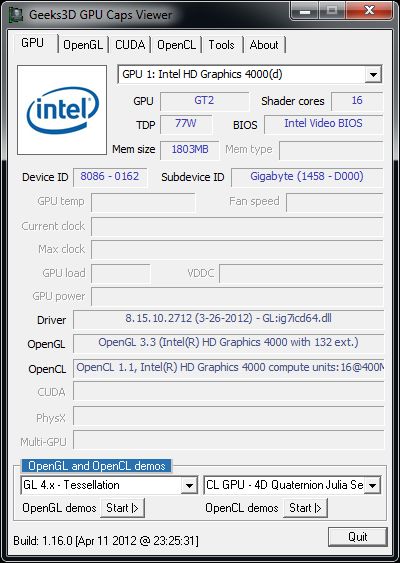
Intel attempted to improve the situation by compelling motherboard manufacturers to bundle the card with 440BX-based platforms, but this failed too. The i740 ultimately proved to be a disaster. Early drivers further crippled the card's performance, and its picture quality was questionable because of a slow RAMDAC.

It also reduced CPU performance, as the processor had less bandwidth and memory to work with. System RAM couldn't be accessed as quickly as on-board memory, which negatively impacted performance. Unfortunately, the GPU encountered a number of difficulties. Without having to pay as much for pricey RAM, Intel sold its i740 at a relatively low cost. As such, the i740 uses the on-board memory only as a frame buffer, while storing all textures inside of the platform's memory. In order to get around the shortage of on-board memory, Intel planned to take advantage of a feature built into the AGP interface that allowed the card to utilize system RAM. It also supported DirectX 5.0 and OpenGL 1.1. Comparable cards cards of the time typically included at least 8MB and ranged up to 32MB. In 1998, Intel launched its first graphics card: the i740 code-named "Auburn." It was clocked at 220MHz and employed a relatively small amount of VRAM between 2 and 8MB.


 0 kommentar(er)
0 kommentar(er)
